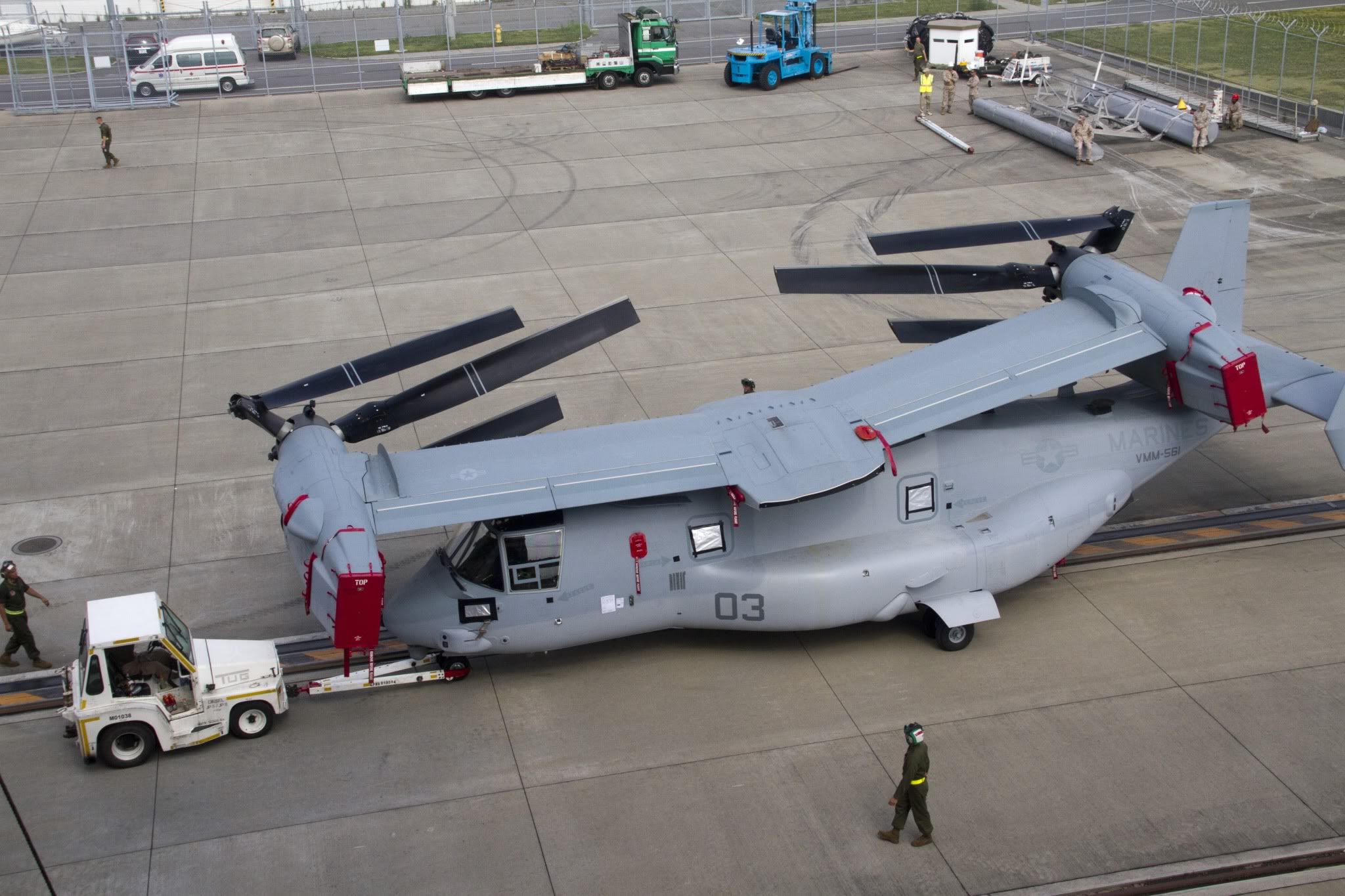Lift are important because they might want faster deployment with twin helicopter at a time .The RFI sure specifies some interesting things:
View attachment 30330
Those are some huge-a$$ lifts they want. Bigger than what are on the Vikrant carrier! (which I think are ~18.5m wide, dunno length for sure).
Also mentioned in the RFI is that the Lifts & Hangar deck must be able to handle aircraft of up to 24 tons weight. That's the weight of a loaded V22 Osprey prepped for VTOL ops (short-take off config can carry more). Plus the Lift size is tremendous, can handle a Chinook (22.6 ton MTOW) without needing to remove its rotors (which can't be folded), like they do on the HMS Queen Elizabeth.
View attachment 30331
View attachment 30332
Either way, this RFI certainly makes it seem like they have plans for operating much bigger helicopters than even the upcoming IMRH medium-lift (13-ton) helo:
View attachment 30339
The secondary lift (22x10m) seems tailored for a folded-up V22, which is pretty long (19m) but not very wide (~5m):

The competing designs for this RFI sure cannot be any off-the-shelf model, will require SIGNIFICANT modification. The lifts on the Juan Carlos for instance are only 17x11m (primary) and 13x11 (secondary; aft).
In the end I won't be surprised if the end result would look like a downsized America/Wasp-class style of flight deck/lift arrangement:
View attachment 30333
Another important detail is this:
View attachment 30334
The flight deck should be able to operate helicopters with 40-ton MTOW! That's in CH-53K King Stallion territory!
View attachment 30335
I doubt whether Indian Navy would be buying these though - its likely this specific requirement was created keeping possibility of cross-decking operations with USN/USMC in mind (where American helos could land/operate from our ships in an emergency).
Last but not least:
View attachment 30336
SAMs are to be expected for self-defence purposes but the sizeable SSM requirement is interesting. I'm guessing they could intend to put 16 x Nirbhay LACMs on these ships and give them an ability to directly support amphibious landing parties either pre- or post-landing by softening up land targets. The US Navy was/is exploring a similar concept with their San Antonio-class amphibious ships, not sure of any update on that though:

Navy, Marine Corps Considering Adding VLS to San Antonio Amphibs
The Navy and the Marine Corps are studying installing a vertical launch system in its San Antonio class of amphibious warships, officials told USNI News.news.usni.org
@Gautam @Lonewolf @Raptor @Cabatli_53 @Test7 @LegionnairE @Kartal1 @Anmdt
Tagging everyone because this could be a program worth watching, I'm thinking the designs that could emerge as potential competitors would be very interesting to see.
Ssm etc are all added keeping in mind the theater command .
Think of it , we have to go to a contested territory with naval defense in place , so first lacm will clear that for the amphibious team to go , faster deployment of helicopter and deck operation as the maintenance should be done faster for asset of army too for quick redeployment . Like chinook .
Also vlsrsam will be required if they get attacked by coastal defense missile .
This is a quite detailed and thought after design , also consideration is not only for osprey but for the futuristic heli that will come in future .




